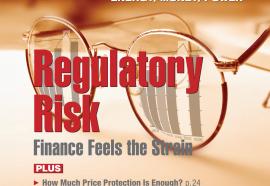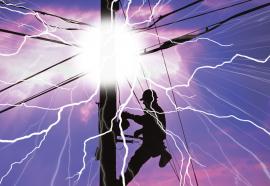Banking on the Big Build
The need for many hundreds of billions of dollars in capital expenditures creates huge opportunities and challenges, especially in a more challenging credit environment.
An estimated $900 billion of direct infrastructure investment will be required by electric utilities over the next 15 years, and $750 million already is in place. Nukes, renewables, low-carbon technologies, combined-cycle gas turbines—all have faced cost challenges. The magnitude of the numbers requires a multi-pronged approach.










